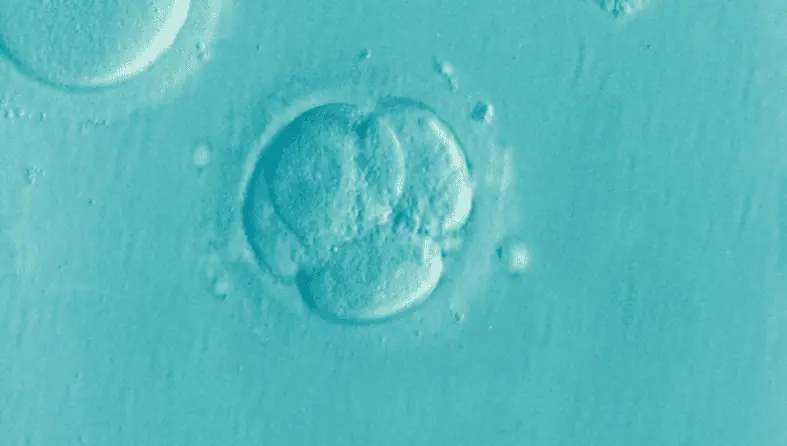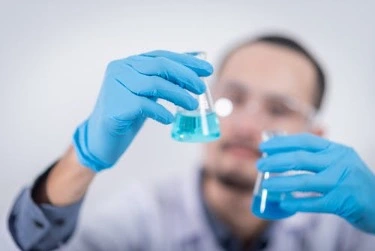Thinking About PGS For Next IVF cycle?
IVF
Are you also coming across terms like PGS or PGT-A test, which your doctor feels can fit conveniently in your journey of IVF? The doctors are suggesting this PGS / PGT / PGT-A test quite often as it believed to address two most important aspects of infertility treatment; first Getting pregnant and second is Not facing miscarriage. PGS helps in improving embryo selection for IVF transfer and reduces the chance of miscarriage.
What is PGS / PGT/ PGT-A Test?
PGS stands for Preimplantation Genetic Screening, PGT for Preimplantation Genetic Testing and PGT-A for Preimplantation Genet test for Aneuploidies, which is a genetic study of the embryos produced during IVF cycle. This test screens the embryos for any kind of chromosomal abnormalities before transferring them into the uterus. PGS helps in improved embryo selection by determining the chromosome number of each embryo growing into the Blastocyst stage.
Now-a-days, doctors quite often suggest this pregnancy genetic testing during the infertility treatment, but the couples undergoing treatment still have certain doubts about going for the same, as whether it would help or not? They already have a lot in their platter financially with the IVF treatment and a new preimplantation genetic test would add more on their plate with no assured guarantee for a confirmed pregnancy. Many ladies from our community, Fertility Dost have the same doubt, so let’s get some light on PGS or PGT-A and figure out on how would this prove beneficial in your journey to conceive?
When Do They Do PGS Testing?

- The cycle of PGS test starts with usual ovarian monitoring and stimulation.
- The eggs are fertilized in the IVF lab after being retrieved.
- An embryo biopsy is conducted on day five or six of the embryo’s development when few cells can be easily extracted from the embryo for analysis.
- PGS test helps in assessing all 23 pairs of chromosomes to witness any extra or missing copies of chromosomes in each embryo. While the embryos are safely stored at the IVF Clinic, sample of each embryo is sent for genetic test.
- The result of PGS test determines about those embryos which are ideal to be transferred back to the uterus.
How Long Does Pregnancy Genetic Testing Take?
Once the laboratory receives the embryo biopsy sample, results are expected within 7 to 10 days.
Cost Of PGS/PGT
Embryo screening can improve IVF implantation and pregnancy to 73 %, says expert. However, it doesn’t guarantee 100% accuracy but around 95 to 98% approximately.
The cost in India differs depending upon the clinic or city you choose. But on an average, it costs around Rs. 10,000 to Rs. 15,000.
Must Read: What Are the Causes Of Infertility? For Men and Women
Who is ideal to go for PGS?
PGS is recommended in the following cases:
- Over the age of 35 years – generally the chromosomal abnormalities increase with the increase in the age of women.
- In case of more than two miscarriages- More than half miscarriages during fertility treatments is due to chromosomal abnormalities.
- In case of multiple failed IVF cycles
- In case of single embryo transfer
- At times, in case of multiple IVF implantation failure
Difference between PGS and PGD
Genetic testing
- PGS (Preimplantation Genetic Screening)
- PGD (Preimplantation Genetic Diagnosis)
PGS analyses the biopsied cells from the embryo for the screening of any kind of genetic abnormalities when there are no certain potentially inherited disorders, whereas, PGD takes the same path to detect a particular disorder which could have been passed down from the parents.
Factors affecting PGS / PGT-A
- Age– This test can offer more advantages to the older women over younger ones.
- Cost
- Recurrent miscarriages
- Single embryo transfer- The results are usually better
Benefits of PGS / PGT – A
- Minimizes the miscarriage rate
- Increases the delivery rate per transfer
- Single embryo transfer offers the same pregnancy rate as a double embryo transfer of two unscreened embryos, avoiding the risk of twins.
- Delivery can be expected sooner with no futile transfer
- Higher chances of implantation, higher pregnancy rate
Since PGS is considered to enhance the probability of a successful embryo transfer, this test is something several patients could benefit from as it might increase the pregnancy rate per transfer and decrease the risk of miscarriage. In the PGS testing, the embryos are transferred during a Frozen Embryo Transfer Cycle; they are transferred into more normal hormone environment as compared to the fresh embryos, which minimizes the chances of several adverse pregnancy outcomes.
Join our community Fertility Dost for any further query or help, we can connect you to the respective professional for further assistance. If the article has proved to be of some help for you then let us know in the comment section.
Book Your Free Consultation Now!






Your Comment Is Valuable For Us
Thanks For Your Feedback.